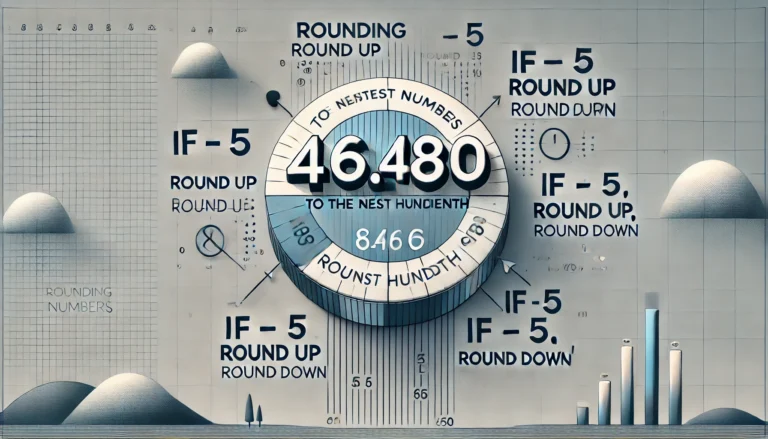
Automotive window tinting has become a popular choice among car owners seeking to enhance their driving experience. Beyond aesthetics, window tinting offers a range of benefits that can significantly improve comfort, protect vehicle interiors, and provide essential safety features. This article delves into the various aspects of automotive window tinting, including its benefits, types, legal considerations, and the installation process.
The Benefits of Automotive Window Tinting
UV Protection
One of the primary benefits of automotive window tinting is its ability to block harmful ultraviolet (UV) rays from the sun. Prolonged exposure to UV rays can lead to skin cancer and premature aging. High-quality window tint can block up to 99% of these harmful rays, providing an added layer of protection for both the driver and passengers. This protection is particularly valuable during long drives or in regions with intense sunlight.
Heat Reduction
Another significant advantage of window tinting is its heat-reducing properties. Tinted windows can significantly lower the interior temperature of a vehicle, making it more comfortable for occupants, especially during hot summer months. By reflecting a portion of the sun’s heat, window tinting reduces the reliance on air conditioning, which can lead to improved fuel efficiency.
Glare Reduction
Driving in bright sunlight can be uncomfortable and dangerous due to glare. Automotive window tinting can help reduce glare by filtering out excess sunlight. This improved visibility not only enhances driving comfort but also contributes to overall safety by minimizing distractions caused by bright light.
Interior Protection
Automotive interiors are often subject to fading and damage due to sun exposure. Over time, upholstery, dashboards, and other interior components can become discolored and worn. Window tinting helps protect these surfaces by blocking UV rays and reducing heat, thereby prolonging the life of the vehicle’s interior.
Privacy and Security
Tinted windows provide an increased level of privacy for both drivers and passengers. This can be particularly beneficial for those who frequently transport valuable items or simply prefer to keep their activities discreet. Additionally, tinted windows can act as a deterrent for potential thieves, as they make it more challenging to see inside the vehicle.
Aesthetic Appeal
Beyond the practical benefits, window tinting enhances the overall appearance of a vehicle. Tinted windows can give a sleek, polished look that many car owners find appealing. With various shades and styles available, vehicle owners can customize the appearance of their cars while also enjoying the functional benefits of tinting.
Types of Window Tinting Films
When it comes to automotive window tinting, there are several types of films available, each with its own unique properties and benefits.
Dyed Window Film
Dyed window film is one of the most common types of tinting. It consists of a layer of dye sandwiched between an adhesive layer and a protective outer layer. This film offers basic heat and glare reduction and is available in various shades. However, it does not provide significant UV protection or heat rejection compared to other types.
Metallized Window Film
Metallized window film incorporates tiny metal particles that reflect sunlight and heat. This type of film offers better heat rejection than dyed films and also enhances the strength of the glass, making it more resistant to shattering. However, the metallic components can interfere with electronic signals, so it’s essential to consider this factor when selecting a film.
Ceramic Window Film
Ceramic window film is a premium option that uses advanced technology to provide superior UV protection and heat rejection. This type of film is made with ceramic particles that do not contain any metal, which means it won’t interfere with electronic devices. Ceramic films are highly durable, scratch-resistant, and available in various shades, making them an excellent choice for those seeking the best performance and aesthetics.
Carbon Window Film
Carbon window film is another advanced option that offers excellent heat rejection and UV protection without the drawbacks of metallic films. It provides a matte finish that doesn’t fade over time, making it a popular choice among car enthusiasts. Carbon films are known for their durability and ability to maintain their appearance over the years.
Legal Considerations for Window Tinting
Before proceeding with automotive window tinting, it’s essential to be aware of the legal regulations governing tint levels in your area. Each state or country has specific laws regarding the allowable darkness and reflectivity of window tinting.
Understanding Local Laws
Most regions have regulations regarding the level of tint permitted on different windows of a vehicle. For example, some areas allow darker tints on rear windows but have restrictions on front side and windshield tints. It’s crucial to research local laws and ensure that your chosen tint complies to avoid fines or complications during vehicle inspections.
Tint Certification
In some places, window tint films must have a certification label indicating compliance with local regulations. This label usually contains information about the film’s light transmission percentage. Ensure that the installer provides this certification for peace of mind and to meet legal requirements.
The Installation Process
Choosing a Professional Installer
While some individuals may choose to install window tinting themselves, hiring a professional installer is highly recommended. Professional installers have the experience and tools necessary to ensure a high-quality finish without bubbles, wrinkles, or other imperfections.
The Installation Steps
The installation process typically involves the following steps:
Preparation: The installer will clean the windows thoroughly to remove any dirt, dust, or debris. This step is crucial for achieving a smooth application.
Measuring and Cutting: The installer will measure the windows and cut the film to the appropriate size. Precision is essential to ensure a proper fit.
Applying the Film: The installer will carefully apply the film to the window, using a solution to help it adhere smoothly. They will use specialized tools to eliminate air bubbles and ensure the film adheres correctly.
Trimming and Finishing: After the film is applied, the installer will trim any excess material and check for imperfections. The windows may need to be left slightly open for a few days to allow the film to cure properly.
Post-Installation Care
To maintain the appearance and effectiveness of window tinting, it’s essential to follow the installer’s care instructions. This may include avoiding rolling down the windows for a specific period, using gentle cleaning solutions, and steering clear of abrasive materials.
Conclusion
Automotive window tinting is a valuable investment for car owners looking to enhance their driving experience. With benefits ranging from UV protection and heat reduction to aesthetic appeal and increased privacy, the advantages are compelling. By choosing the right type of film, understanding legal considerations, and opting for professional installation, vehicle owners can enjoy the many benefits that window tinting has to offer. Whether for comfort, protection, or style, automotive window tinting is a choice that pays off in numerous ways.




